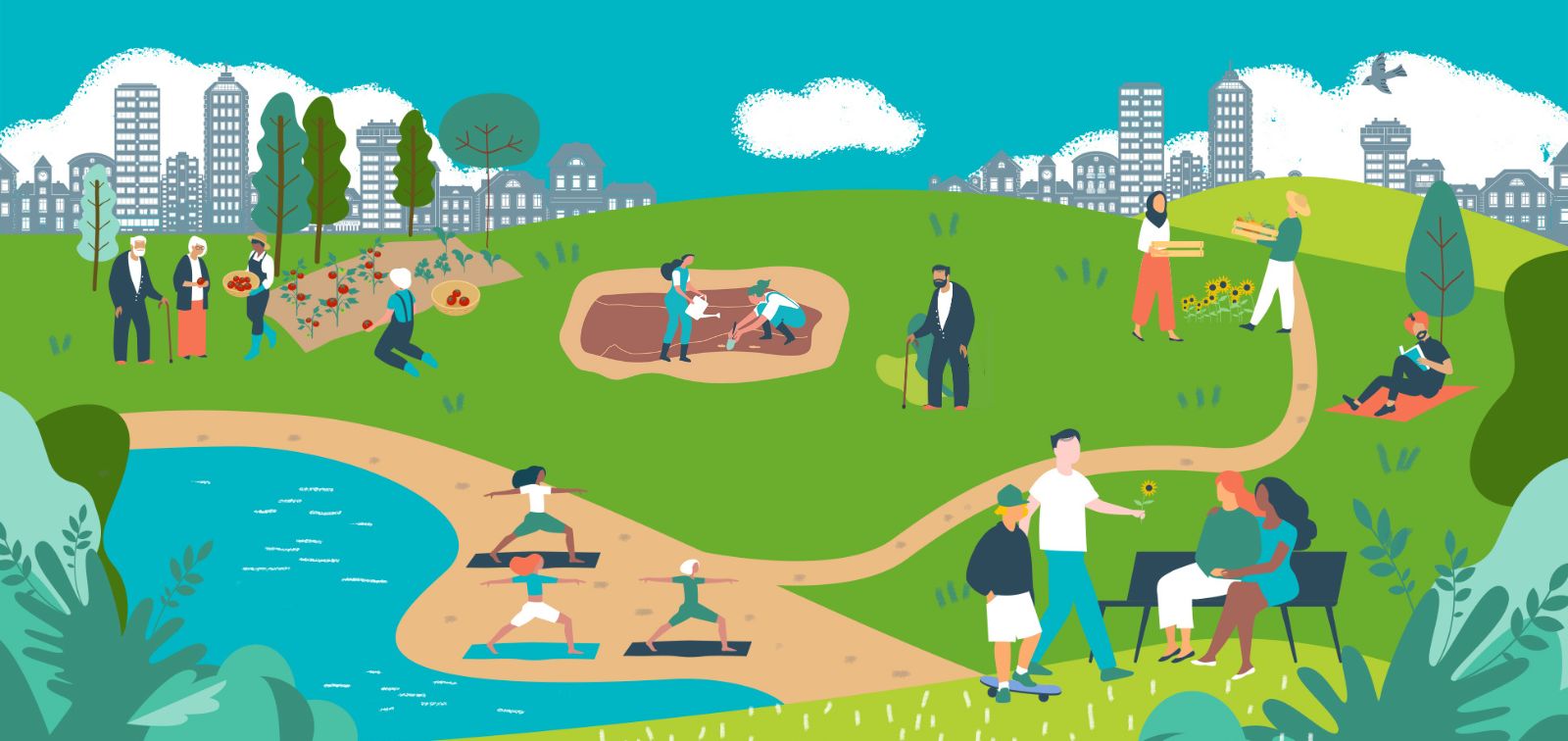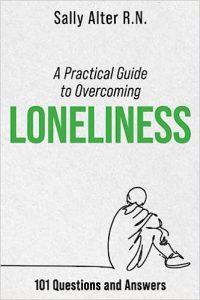
Loneliness is not just a fleeting emotion—it’s a silent epidemic. In a world more connected than ever, we are, paradoxically, growing more isolated. The irony is heartbreaking: despite digital networks and constant updates, many of us still feel unseen, unheard, and untouched.
But there’s a light in the dark. At Remin.site, where we believe that memories and purpose shape legacy, we ask the question: What if loneliness isn’t just a lack of people, but a lack of purpose? And what if the cure isn’t more interaction, but more shared intention?
This article explores why shared purpose may be the key to healing our modern isolation—and how you can begin reconnecting with others in meaningful, transformative ways.
Understanding Loneliness in the Modern Age
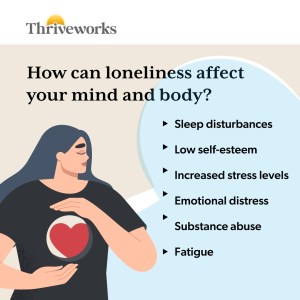
It’s important to start by acknowledging what loneliness really is. Beyond the emotional ache, it is increasingly being recognized as a public health crisis.
“Loneliness is far more than a bad feeling—it harms both individual and societal health,” says the Centers for Disease Control and Prevention (CDC).
Digital Age Disconnection
Social media was meant to connect us. But ironically, studies show it often deepens our isolation. The curated perfection of others’ lives can make our own experiences feel small, or worse—irrelevant.
- Text threads replace in-person talks
- Likes substitute for love
- Connection is always “on” but rarely felt
As Greater Good Science Center notes, authentic human connection requires more than digital contact—it demands emotional investment and shared meaning.
The Health Impact of Loneliness
According to the World Health Organization, social isolation is linked to increased risks of heart disease, dementia, depression, and even premature death. Chronic loneliness is not just a feeling—it’s a condition that can shorten lives.
That’s why finding antidotes isn’t just emotionally vital—it’s a matter of survival.
Defining Shared Purpose
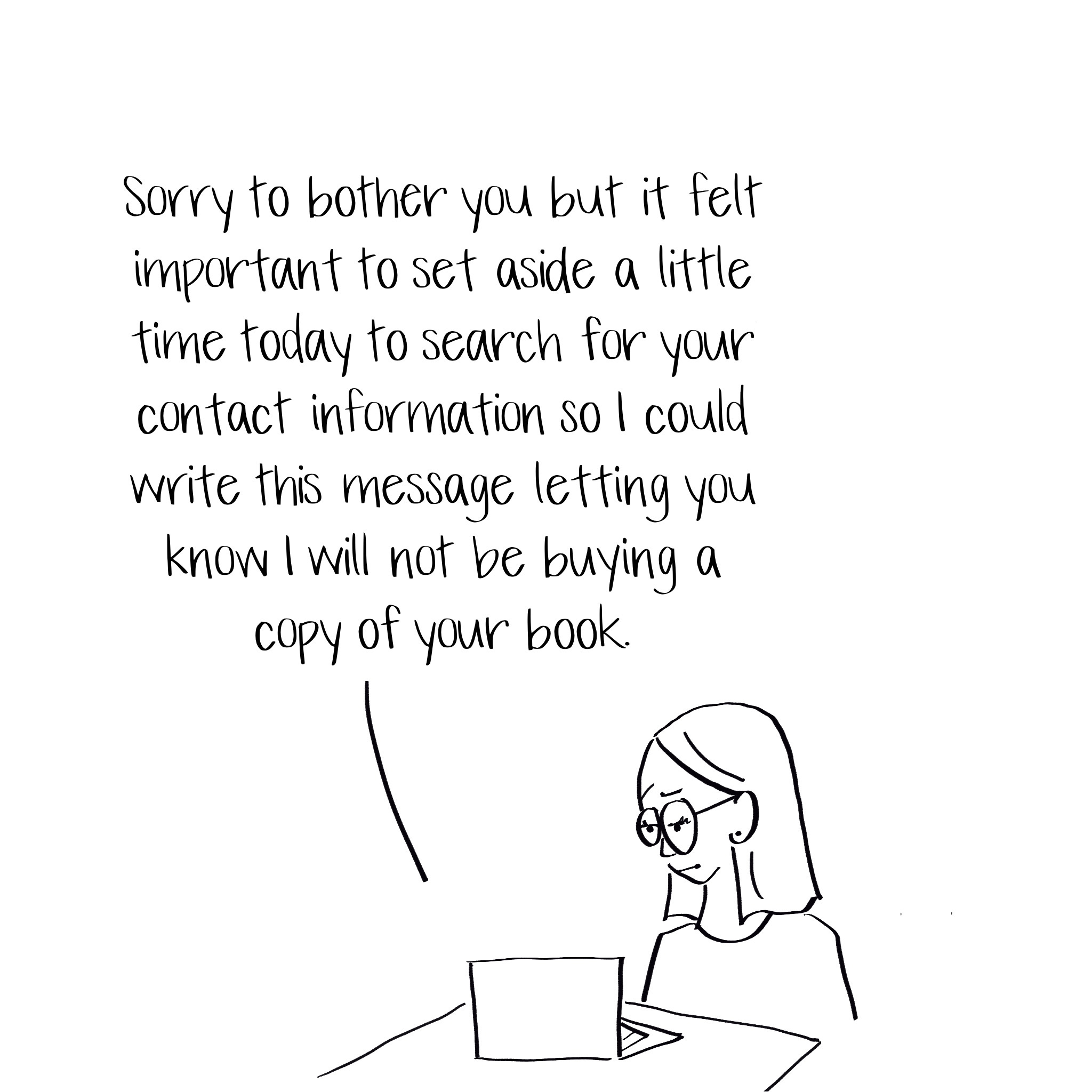
Shared purpose is not a corporate buzzword—it’s the soul of connection. It means being part of something greater than yourself, a mission that unites hearts, hands, and hopes.
What Is a Shared Purpose?
At its core, shared purpose means:
- Having a common goal with others
- Knowing your contribution matters
- Feeling responsible not only for yourself—but for your group’s success
This could be as simple as a local clean-up group or as deep as helping preserve memories for generations on platforms like Remin. What matters is why you do it—and with whom.
Examples from Real Life
Consider these real-world instances of shared purpose:
- Volunteers in disaster relief working together to rebuild homes
- Activist groups rallying around social justice and equity
- Families preserving their heritage through stories, traditions, or memory archives
These aren’t just tasks—they are moments where people say: “I belong here. I matter here.”
How Shared Purpose Counteracts Loneliness
So how exactly does shared purpose help us overcome isolation? Here are three transformative ways it acts as an antidote to loneliness:
1. Builds a Sense of Belonging
When we work with others toward something we care about, we naturally form bonds. We feel seen, valued, and supported.
Whether it’s contributing ideas to a collaborative memory archive like Remin, or joining a local community initiative, these shared efforts remind us that we are not alone.
2. Promotes Collaborative Identity
Purpose makes us more than individuals—it makes us members of a team, a movement, a mission. This identity helps quiet the inner voice that whispers, “You don’t belong anywhere.”
3. Creates Meaning in Everyday Life
Without meaning, life can feel empty—even if it’s full of people. Shared purpose fills that void. It turns routine actions into rituals of meaning. It transforms the ordinary into something sacred.
As the Harvard Study on Adult Development shows, relationships rooted in purpose—not just proximity—are the cornerstone of happiness and long-term health.
Coming up next: the science behind purpose, real-world models of collective meaning, and how to begin cultivating shared purpose in your own life, family, and legacy.
Because death is not the end—it’s the beginning. And what you pass on may be the bridge between someone’s loneliness and someone else’s legacy.
# Shared Purpose: The Antidote to Loneliness

Loneliness isn’t just a personal ache—it’s a quiet crisis. More and more people are reporting a sense of emptiness, disconnection, and emotional isolation. Yet in this same world, some feel deeply alive, rooted, and connected.
What makes the difference?
At Remin.site, we believe that the answer is shared purpose—the sense that your life contributes to something beyond yourself. When we align with others around a meaningful mission, loneliness dissolves into belonging. The truth is: we don’t just need people—we need purpose with people.
Let’s explore how shared purpose may be the most profound remedy for modern isolation—and how you can start to tap into it, today.
Understanding Loneliness in the Modern World

We often think of loneliness as just a lack of company. But it’s much deeper than that. Loneliness is a disconnection from meaning—from being seen, known, and valued within something that matters.
“Loneliness is far more than a bad feeling—it harms both individual and societal health.”
— Centers for Disease Control and Prevention (CDC)
In the age of hyperconnectivity, we scroll through hundreds of faces daily but feel invisible. We attend meetings, reply to texts, engage in small talk—but rarely touch soul to soul.
The Hidden Costs of Disconnection
Loneliness doesn’t just hurt emotionally—it hurts biologically.
- Increases risk of heart disease and stroke
- Weakens immune system
- Linked to anxiety and depression
- Can shorten lifespan by over 15%
According to the World Health Organization, social isolation is now one of the biggest threats to public health, equating its risks to those of smoking 15 cigarettes a day.
What Is Shared Purpose?
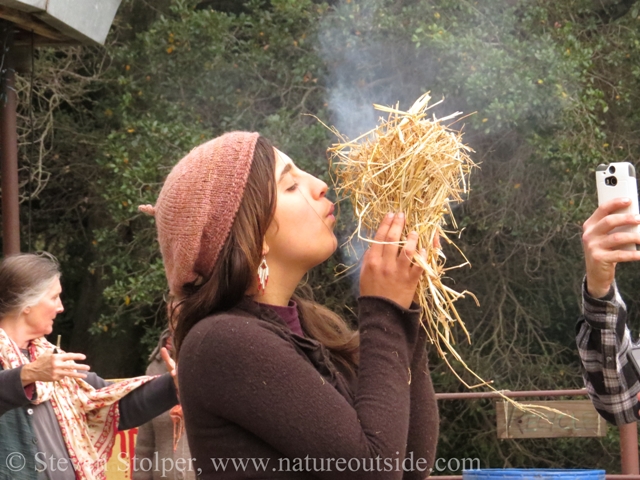
If loneliness is the loss of connection, shared purpose is the fire that brings us back together.
It is the experience of contributing, co-creating, and growing within a common goal. It’s not just about working together—it’s about believing together.
Key Elements of Shared Purpose
- A goal bigger than oneself
- A collective mission involving others
- Emotional investment in the outcome
- Recognition and contribution from each participant
Whether you’re part of a heritage storytelling group, a community clean-up team, or using Remin to preserve your family legacy—when people unite behind a purpose, walls fall and warmth rises.
How Shared Purpose Heals Loneliness
1. It Gives Us a Tribe
We all crave to be part of something. Shared purpose creates natural, meaningful tribes—not just of interest, but of intention.
When you contribute to something that endures beyond your lifetime—like documenting family memories or preserving ancestral wisdom—you connect across generations. This is exactly what Remin.site was built for.
2. It Transforms Pain into Meaning
Loneliness often comes from feeling like our lives don’t matter. But when you join others in purpose—your presence matters.
“The opposite of depression is not happiness, but purpose.”
— Greater Good Science Center
Shared purpose turns pain into fuel, stories into legacy, and time into transformation.
3. It Rewires the Brain
Neuroscience now supports what ancient cultures have known for centuries: purpose changes the brain.
Studies from the Harvard Study of Adult Development show that people with a sense of purpose live longer, are healthier, and feel more connected. They have more resilience, stronger relationships, and lower stress.
Real-World Examples of Purpose in Action
Consider the following:
- Elders recording oral histories for their grandchildren to cherish
- Survivors of trauma creating support circles
- Youth building sustainable gardens in their neighborhoods
- Families curating legacy albums through platforms like Remin, ensuring memories and values aren’t lost
Each of these examples isn’t just a project—it’s a vessel of belonging, connection, and healing.
“When we build together, we belong together. When we share stories, we inherit hope.”
— The Remin Manifesto
Stay tuned for Part Two of this series, where we dive into scientific research, explore collective rituals of purpose, and guide you on how to ignite shared purpose in your life, family, and legacy.
Because death is not the end. It’s the beginning. And the way we connect today shapes how we will be remembered tomorrow.
